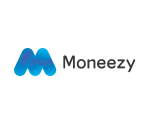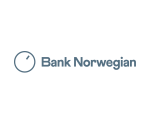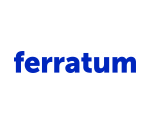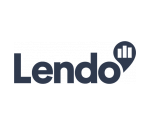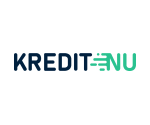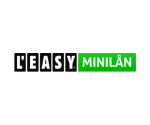Indholdsfortegnelse
Loans in Denmark - everything you need to know
Loans are in their simplest form an agreement between a lender and a borrower about the loan terms. The lender has the funds available and borrows them under specific criteria, often through an interest rate of some sort and some additional fees. This is considered the payment for borrowing the money and is paid back monthly, quarterly, biannually, or annually by the one who borrowed the money. As the agreement is made, certain aspects like amount, runtime (how long the period for returning the money is), and interest rate must be set. This is often done by banks to consumers, where banks have the funds available to them and lend them to their customers under a specific contract.
An example of a loan like this could be an amount of 100,000 dkk, over a runtime of 8 years (96 months), with an interest rate of 7%. With fees included, the final repayment for this loan is around 140,000 dkk. However, this amount is split over 96 terms (months), with a monthly payment of 1377 dkk (fees included).
Usually, you would need to consult a local bank to sign up for a loan, but as online banking has become more and more popular, there are several lenders offering convenient online loans. While most traditional banks require a thorough investigation of your financial standpoint regarding monthly income, budgets, last year’s spending and much more, online banks only require minimum information, which makes them more accessible. Some online lenders might also offer lower interest rates since they are not burdened by paying rent for a physical subsidiary in the area.
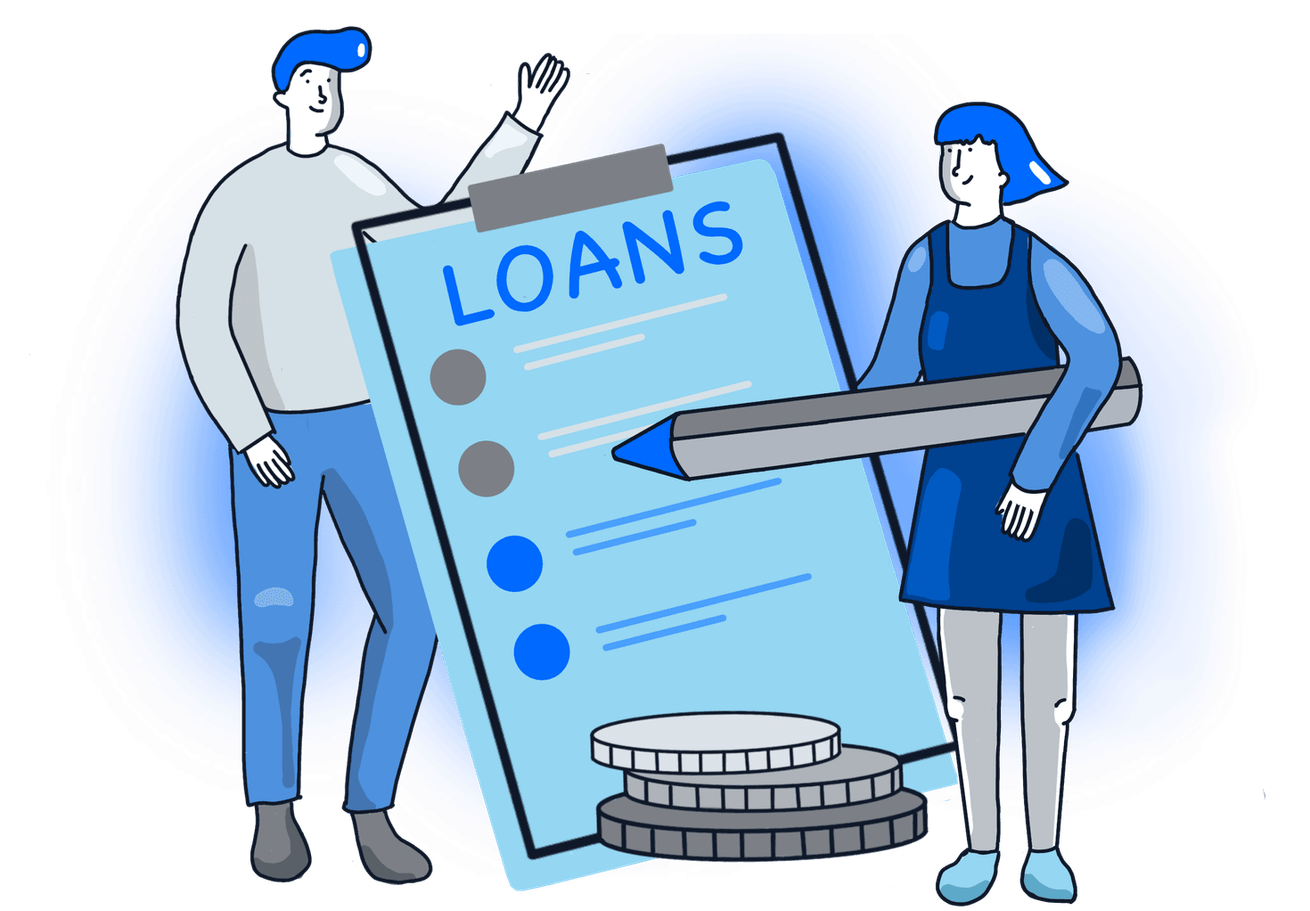
To apply for a loan, you must fulfill the following requirements. You must:
Be over 18 years old. Some banks might have a minimum age requirement of 21 or even 25. This requirement often comes with bigger loans, so there are still plenty of loans available to you even if you are only 18.
Have your place of residence in Denmark. Some financial institutions, in connection with bigger loans, might require a Danish citizenship as well.
Have a stable income source. Banks offer loans on the basis of getting back the money after the runtime has passed. If you have no income source, you cannot pay back your loan with the added interest, which in turn means you will not be able to take a loan in the first place.
While some banks are more lenient than others, in most cases, you will need to have the proper credentials to take out a loan in Denmark, no matter the size. If you have been in Denmark for a couple of years, this will not come as a surprise to you, but there are three items you need:
CPR-number
All Danish citizens have their own personal number of identification, which includes their date of birth, as well as four random digits at the end. This number is used in all authoritative and institutional databases, in order to quickly identify the exact person they seek. While initially invented to keep track of individuals moving in and out of municipalities, it is now used in databases throughout Denmark, and is a vital form of identification. This can easily be acquired if you present the necessary documents at your local Borgerservice.
MitID
Once you have acquired your CPR-number, it should be easy to get a MitID as well. MitID acts as your online signature, mostly used when shopping online, but also when accessing official online databases which needs your identification, in order to access personal files or other restricted information.
A Danish bank account
With your MitID and CPR number in place, you can contact a bank to set up a Danish bank account, which will finally allow you to take out loans. While some banks are glad to open up an account, others will to see all the necessary documents, so make sure you are prepared with everything from birth certificate to last years bank statements from prior banks.
If you are new to all of this, make sure to contact your local BorgerService, or go to Borger.dk to find out more.
If you have the proper forms of identification sorted, you are ready to look for the loan that suits you best. Here is an overview of the loans offered by online lenders in Denmark, which you can also find right here on Moneezy:
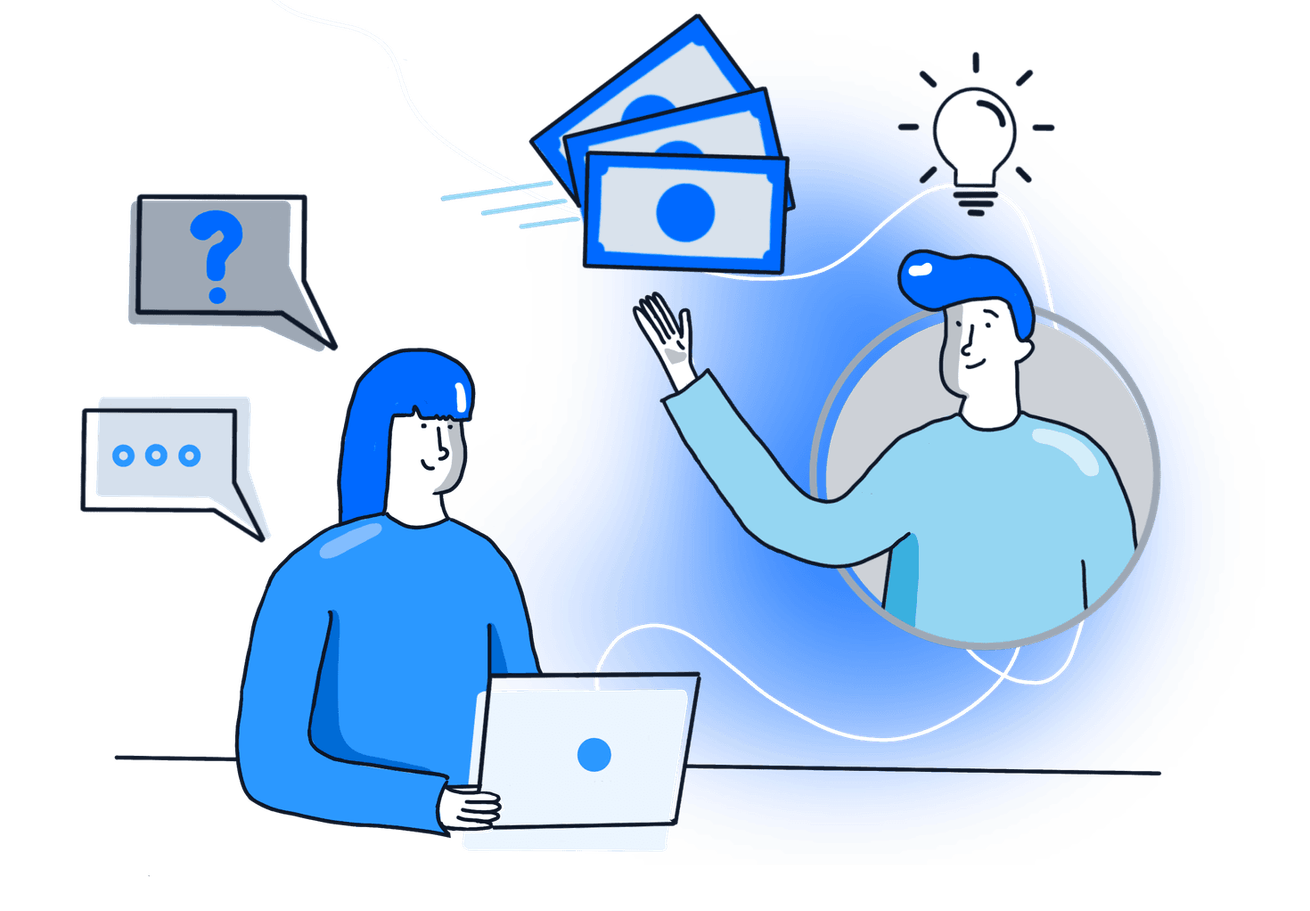
Classic loans
Consumer Loans (Forbrugslån), Quick Loans (Kviklån), Mini Loan (Minilån), and Unsecured Personal Loans (Lån uden sikkerhed) are the four different loans that follow the classic loan structure in Denmark. You apply for a loan of a certain amount, as well as decide on a runtime for paying it back with the added interest and fees. The different terms are mainly used to distinguish between small and big loans. SMS-Loans (SMS-lån) are mainly focused on smaller loans but are available within 15 minutes and through SMS.
These loans can be used for a lot of different things. The smaller loans can be used for an unexpected expense that has come through, an emergency that must be taken care of, or invested in an item you've wanted for years. The bigger consumer loans are more suited towards initiating start-ups, loans for property or vehicles, as well as energy optimization or renovations in your home. The possibilities are endless, which is why the consumer loan is the most common loan.
Special loans
Consolidation Loans (Samlelån) is a term for combining several smaller loans into one big loan, to avoid paying huge interest for several loans at a time. These are especially useful when consumers have taken several small loans and are now burdened with several payment dates and different interest rates.
Lastly, we have Overdraft (Kassekredit), which allows you to exceed the amount of money on your account by a set amount each month, without paying the normal fees. This is especially useful when conducting a big project, for example, a house renovation, where unexpected expenses can come out of nowhere. The loan is only active if your account experiences overdraft and the loan will cover the rest of your expenses. Once next month’s paycheck comes in, the loan is automatically paid off with a small interest rate.
Most Danes end up taking out two or three loans in their lifetime, since investing in residence or big investments is a natural progression. That said, most Danes have also tried out a smaller loan, either to pay off an unexpected bill, or to support them during their studies.
Pros and cons to online loans in Denmark
Loans that suit your situation
Allows you to realize your projects
Transparency throughout the entire process
No loan justification
Lifestyle inflation, where you spend more money because you have more money
Debt, if you are not careful with your budget
Reckless spending
Extra fees if you do not comply with payment dates
Loans that suit your situation
With over 15 different kinds of loans, differing in amounts, runtimes, repayment schedules and fees, there is sure to be something that suits your financial situation.
Allows you to realize your projects
If you are looking to invest in a house or apartment, or simply looking for a little extra cash for a project, online loans are great. They are just as secure as conventional banks, but might offer lower interest rates.
Transparency throughout the entire process
Since the loan process is supported by MitID and Danish bank accounts, the loans process is secure and transparent. Banks make sure to include you in all the necessary steps, while taking care of the bulk of the work themselves. If you are ever in doubt, or want to change/create a repayment plan, simply contact the bank with your new plan, that suits your personal finance.
No loan justification
While most conventional banks require a justification for the loan, a reason for taking out the loan, online loans are much more flexible, and requires no justification for most of the loans. When reaching 250.000 Dkk, you most likely will need a justification for the loans, since that amount of money is risky to loan out without reason.
Lifestyle inflation
When taking out a loan, you might get used to having more cash, if not immidiately invested into a project of some sort. This will make you more likely to buy items or services that were previously out of your budget. This could lead to a "lifestyle inflation" if you are not careful. To avoid this, make sure you have a thorough budget, that keeps you on track.
Debt, if you are not careful with your budget
Similar to the budget for lifestyle inflation, the budget will also keep you on track on your repayments of the loan. No matter the size of the loan, it is a good idea to create a plan for repayment, and integrate it into your budget. You can see your monthly payment before taking out the loan, so make sure this is a feasible amount to repay. If it is too much for your budget to handle, prolong the runtime. This will decrease your monthly payments, making it possible for you to keep up with the repayments.
Reckless spending
If you have taken out a small loan, make sure you are putting it to good use, whether that is investing it in projects or in your house. If you use the loan to buy the newest technology or fashion, this will be considered reckless spending. Investing in renovations or energy-saving projects are seen as appreciating assets, since they keep adding value over time. The opposite of this is spending on depreciating assets, which are items that decrease in value as time goes by.
Extra fees if you do not comply with payment dates
When deciding on the details for the loan, make sure you choose a combination of amount and runtime, that results in a monthly payment you can actually handle within your budget. If you are being too timid, and puts it very low, the long runtime will make the loan more expensive, since the monthly fees are applied for a much longer period. On the contrary, making the loan too short and strict on your budget might result in you exceeding the runtime. This will result in expensive fees, which you should do your best to avoid. Communicating with your lender can put you on the right track, and make sure you have the monthly payments that suit your personal economy.
If you are not realistic and thorough in your planning of budgets in connection with your loans, you can end up having trouble paying them back over time.
Furthermore, if you apply for a loan to spend on devaluating assets such as technology, fashion, and trends, you are not looking at investments, but rather at reckless spending, something to avoid using loans for. Being mindful and intentional about your loans is the most important aspect.
If you keep these risks in mind when applying for a loan, they can be a great source to realize projects.

Simon Hedeboe Mikkelsen studerer en kandidat i International Virksomhedskommunikation på Syddansk Universitet. Han har været investeret i al ting økonomi i 6 år, og har igennem det sidste år fokuseret på at skabe content for Moneezy. Han specialiserer sig i at nedbryde komplicerede finansielle fagbegreber, enten skriftligt eller visuelt, og gøre det spiseligt og forståeligt for den gængse dansker.

Emil bruger sin ekspertise til at gøre en forskel i den finansielle sektor. Han er uddannet på Syddansk Universitet og har været General Manager hos Intelligent Banker siden 2013, hvor han har hjulpet mere end 500.000 brugere fra hele verden med deres finansielle behov.
